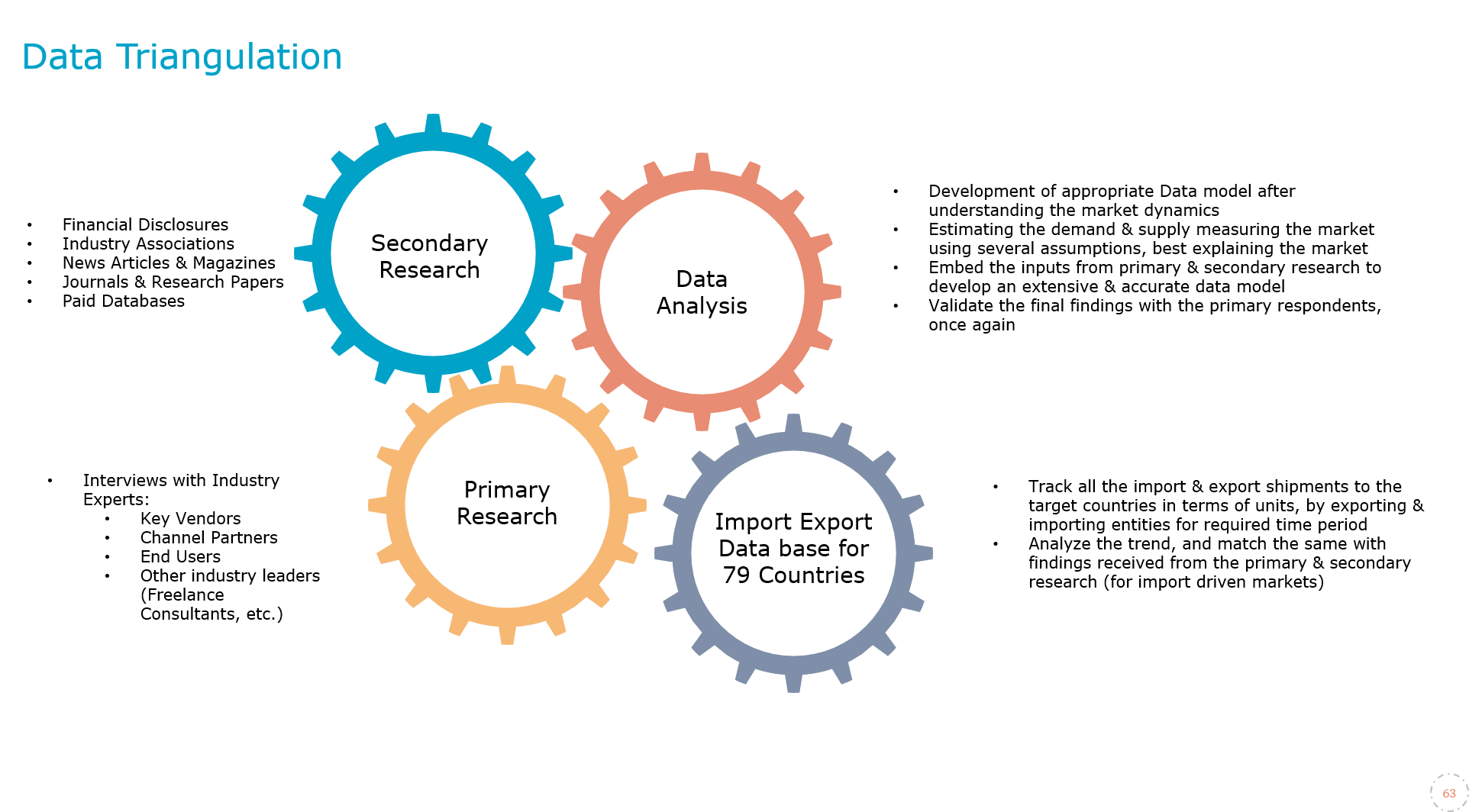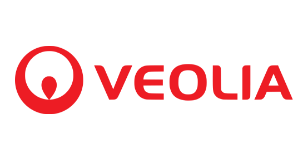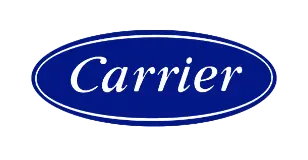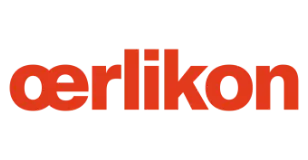
Global Packaging Machinery Market Analysis, 2020
By Machine Type (Filling, Labeling, Form-Fill-Seal, Cartoning, Wrapping, Palletizing, Bottling Line), By End User ( Beverages, Food, Labelling, Form-fill-seal, Cartoning, Wrapping,... Palletizing, Bottling line), By Region (North America, South America, Europe, APAC, Middle East, Africa), By Country (U.S, Canada, Mexico, Brazil, Germany, France, Italy, The U.K, Russia & CIS, Spain, China, India, Japan, South Korea, South East Asia, Saudi Arabia, UAE, Turkey, Qatar, South Africa, Egypt), By Company Read more
- Food & Beverages
- Feb 2020
- Pages 228
- Report Format: PDF, Excel, PPT
The growing consumption of processed and packaged food, rapidly increasing growth of the e-commerce sector coupled with the rise in the disposable income is propelling the growth of the online sales, therefore, contributing to the demand for packaging machinery. Moreover, technological innovation in the food industry such as ready-to-eat natural food, organic food, and halal food is the key contributor to the growth of the packaged food which results in the Packaging Machinery market growth.
According to MarkNtel Advisors’ research report titled “Global Packaging Machinery Market Analysis, 2019”, the Global Packaging Machinery market is anticipated to grow at a CAGR of around 5% during 2020-25. Asia-Pacific region acquired the major share in 2019 largely since the major countries in the region such as China and Japan are the leading manufacturers of consumer electronics and offer products at affordable prices, which boost the Packaging Machinery market growth.
| Report Coverage | Details |
| Study Period | Historical Data: 2015-19 |
| Base Year: 2019 | |
| Forecast Period: 2020-25 | |
| Regions Covered | North America |
| Europe | |
| Asia-Pacific | |
| South America | |
| Middle East & Africa | |
| Unit Denominations | USD Million/Billion |
The food sector dominated the market in 2019 on an account of the rising food wastage across the globe. As per the Food and Agriculture Organization of the United Nations (FAO), every year, around one-third of the total food produce is wasted owing to several issues ranging from proper packaging and storage. Hence, the end users are shifting toward the adoption of the processed and packaged food due to their longer shelf life and the ease of cooking.
In 2019, the filling machines dominated the market on an account of its usage in the food and beverage industry. Also, these machines are used in the packaging of the pharma products, chemicals, and personal care products.
The Expansion of the Facility Intensify Competition
The companies in the Packaging Machinery market are focused on facility expansion to gain a competitive edge in the industry. The key players in the industry are Robert Bosch GmbH, Salzgitter AG, Krones AG, Tetra Laval International S.A., etc.
Frequently Asked Questions
1. Introduction
1.1. Research Process
1.2. Assumption
1.3. Market Segmentation
1.4. Market Definition
2. Executive Summary
3. Global Packaging Machinery Market Outlook, 2015-2025F
3.1. Market Size & Analysis
3.1.1.By Revenues
3.2. Market Share & Analysis
3.2.1.By Machinery Type
3.2.1.1. Filling
3.2.1.2. Labelling
3.2.1.3. Form-fill-seal
3.2.1.4. Cartoning
3.2.1.5. Wrapping
3.2.1.6. Palletizing
3.2.1.7. Bottling line
3.2.2.By End User
3.2.2.1. Beverages
3.2.2.2. Food
3.2.2.3. Chemical
3.2.2.4. Personal Care
3.2.2.5. Pharmaceuticals
3.2.2.6. Others
3.2.3.By Region
3.2.3.1. North America
3.2.3.2. South America
3.2.3.3. Europe
3.2.3.4. Asia-Pacific
3.2.3.5. Middle East & Africa
3.2.4.By Company
3.2.4.1. Revenue Shares
3.2.4.2. Strategic Factorial Indexing
3.2.4.3. Competitor Placement in MarkNtel Quadrant
4. North America Packaging Machinery Market Outlook, 2015-2025F
4.1. Market Size & Analysis
4.1.1.By Revenues
4.2. Market Share & Analysis
4.2.1.By Machine Type
4.2.2.By End-user
4.2.3.By Country
4.2.3.1. US
4.2.3.2. Mexico
4.2.3.3. Canada
4.3. The US Packaging Machinery Market Outlook, 2015-2025F
4.3.1.Market Size & Analysis
4.3.1.1. By Revenues
4.3.2.Market Share & Analysis
4.3.2.1. By Machine Type
4.3.2.2. By End-User
4.3.2.3. By Region
4.4. Canada Packaging Machinery Market Outlook, 2015-2025F
4.4.1.Market Size & Analysis
4.4.1.1. By Revenues
4.4.2.Market Share & Analysis
4.4.2.1. By Machine Type
4.4.2.2. By End-User
4.4.2.3. By Region
4.5. Mexico Packaging Machinery Market Outlook, 2015-2025F
4.5.1.Market Size & Analysis
4.5.1.1. By Revenues
4.5.2.Market Share & Analysis
4.5.2.1. By Machine Type
4.5.2.2. By End-User
4.5.2.3. By Region
5. South America Packaging Machinery Market Outlook, 2015-2025F
5.1. Market Size & Analysis
5.1.1.By Revenues
5.2. Market Share & Analysis
5.2.1.1. By Machine Type
5.2.1.2. By End-User
5.2.1.3. By Country
5.2.1.3.1. Brazil
5.2.1.3.2. Others
5.3. Brazil Packaging Machinery Market Outlook, 2015-2025F
5.3.1.Market Size & Analysis
5.3.1.1. By Revenues
5.3.2.Market Share & Analysis
5.3.2.1. By Machine Type
5.3.2.2. By End-User
5.3.2.3. By Region
6. Europe Packaging Machinery Market Outlook, 2015-2025F
6.1. Market Size & Analysis
6.1.1.By Revenues
6.2. Market Share & Analysis
6.2.1.1. By Machine Type
6.2.1.2. By End-User
6.2.1.3. By Country
6.2.1.3.1. Germany
6.2.1.3.2. France
6.2.1.3.3. Italy
6.2.1.3.4. U.K
6.2.1.3.5. Others
6.3. Germany Packaging Machinery Market Outlook, 2015-2025F
6.3.1.Market Size & Analysis
6.3.1.1. By Revenues
6.3.2.Market Share & Analysis
6.3.2.1. By Machine Type
6.3.2.2. By End-User
6.3.2.3. By Region
6.4. France Packaging Machinery Market Outlook, 2015-2025F
6.4.1.Market Size & Analysis
6.4.1.1. By Revenues
6.4.2.Market Share & Analysis
6.4.2.1. By Machine Type
6.4.2.2. By End-User
6.4.2.3. By Region
6.5. Italy Packaging Machinery Market Outlook, 2015-2025F
6.5.1.Market Size & Analysis
6.5.1.1. By Revenues
6.5.2.Market Share & Analysis
6.5.2.1. By Machine Type
6.5.2.2. By End-User
6.5.2.3. By Region
6.6. The UK Packaging Machinery Market Outlook, 2015-2025F
6.6.1.Market Size & Analysis
6.6.1.1. By Revenues
6.6.2.Market Share & Analysis
6.6.2.1. By Machine Type
6.6.2.2. By End-User
6.6.2.3. By Region
7. Asia-Pacific Packaging Machinery Market Outlook, 2015-2025F
7.1. Market Size & Analysis
7.1.1.By Revenues
7.2. Market Share & Analysis
7.2.1.1. By Machine Type
7.2.1.2. By End-User
7.2.1.3. By Country
7.2.1.3.1. China
7.2.1.3.2. India
7.2.1.3.3. Japan
7.2.1.3.4. South Korea
7.2.1.3.5. South East Asia
7.3. China Packaging Machinery Market Outlook, 2015-2025F
7.3.1.Market Size & Analysis
7.3.1.1. By Revenues
7.3.2.Market Share & Analysis
7.3.2.1. By Machine Type
7.3.2.2. By End-User
7.3.2.3. By Region
7.4. India Packaging Machinery Market Outlook, 2015-2025F
7.4.1.Market Size & Analysis
7.4.1.1. By Revenues
7.4.2.Market Share & Analysis
7.4.2.1. By Machine Type
7.4.2.2. By End-User
7.4.2.3. By Region
7.5. Japan Packaging Machinery Market Outlook, 2015-2025F
7.5.1.Market Size & Analysis
7.5.1.1. By Revenues
7.5.2.Market Share & Analysis
7.5.2.1. By Machine Type
7.5.2.2. By End-User
7.5.2.3. By Region
7.6. South Korea Packaging Machinery Market Outlook, 2015-2025F
7.6.1.Market Size & Analysis
7.6.1.1. By Revenues
7.6.2.Market Share & Analysis
7.6.2.1. By Machine Type
7.6.2.2. By End-User
7.6.2.3. By Region
7.7. South East Asia Packaging Machinery Market Outlook, 2015-2025F
7.7.1.Market Size & Analysis
7.7.1.1. By Revenues
7.7.2.Market Share & Analysis
7.7.2.1. By Machine Type
7.7.2.2. By End-User
7.7.2.3. By Region
8. Middle East & Africa Packaging Machinery Market Outlook, 2015-2025F
8.1. Market Size & Analysis
8.1.1.By Revenues
8.2. Market Share & Analysis
8.2.1.1. By Machine Type
8.2.1.2. By End-User
8.2.1.3. By Country
8.2.1.3.1. Saudi Arabia
8.2.1.3.2. UAE
8.2.1.3.3. Turkey
8.2.1.3.4. South Africa
8.2.1.3.5. Others
8.3. Saudi Arabia Packaging Machinery Market Outlook, 2015-2025F
8.3.1.Market Size & Analysis
8.3.1.1. By Revenues
8.3.2.Market Share & Analysis
8.3.2.1. By Machine Type
8.3.2.2. By End-User
8.3.2.3. By Region
8.4. UAE Packaging Machinery Market Outlook, 2015-2025F
8.4.1.Market Size & Analysis
8.4.1.1. By Revenues
8.4.2.Market Share & Analysis
8.4.2.1. By Machine Type
8.4.2.2. By End-User
8.4.2.3. By Region
8.5. Turkey Packaging Machinery Market Outlook, 2015-2025F
8.5.1.Market Size & Analysis
8.5.1.1. By Revenues
8.5.2.Market Share & Analysis
8.5.2.1. By Machine Type
8.5.2.2. By End-User
8.5.2.3. By Region
8.6. South Africa Packaging Machinery Market Outlook, 2015-2025F
8.6.1.Market Size & Analysis
8.6.1.1. By Revenues
8.6.2.Market Share & Analysis
8.6.2.1. By Machine Type
8.6.2.2. By End-User
8.6.2.3. By Region
9. Global Packaging Machinery Market Policies, Regulations, Product Standards
10. Global Packaging Machinery Market Trends & Insights
11. Global Packaging Machinery Market Dynamics
11.1. Growth Drivers
11.2. Challenges
11.3. Impact Analysis
12. Global Packaging Machinery Market Hotspot and Opportunities
13. Global Packaging Machinery Market Key Strategic Imperatives for Success and Growth
14. Competition Outlook
14.1. Competition Matrix
14.1.1. Product Portfolio
14.1.2. Brand Specialization
14.1.3. Target Markets
14.1.4. Target End Users
14.1.5. Research & Development
14.1.6. Strategic Alliances
14.1.7. Strategic Initiatives
14.2. Company Profiles (Business Description, Product Segments, Business Segments, Financials, Strategic Alliances/ Partnerships, Future Plans)
14.2.1. Robert Bosch GmbH
14.2.2. Salzgitter AG
14.2.3. Krones AG
14.2.4. Coesia S.p.A
14.2.5. Tetra Laval International S.A
14.2.6. I.M.A. Industrial Machine Automatic S.p.A
14.2.7. Fuji Machinery Company
14.2.8. Bosch Packaging Machinery
14.2.9. CKD Group
14.2.10. Barry-Wehmiller Companies, Inc.
15. Disclaimer
MarkNtel Advisors follows a robust and iterative research methodology designed to ensure maximum accuracy and minimize deviation in market estimates and forecasts. Our approach combines both bottom-up and top-down techniques to effectively segment and quantify various aspects of the market. A consistent feature across all our research reports is data triangulation, which examines the market from three distinct perspectives to validate findings. Key components of our research process include:
1. Scope & Research Design At the outset, MarkNtel Advisors define the research objectives and formulate pertinent questions. This phase involves determining the type of research—qualitative or quantitative—and designing a methodology that outlines data collection methods, target demographics, and analytical tools. They also establish timelines and budgets to ensure the research aligns with client goals.
2. Sample Selection and Data Collection In this stage, the firm identifies the target audience and determines the appropriate sample size to ensure representativeness. They employ various sampling methods, such as random or stratified sampling, based on the research objectives. Data collection is carried out using tools like surveys, interviews, and observations, ensuring the gathered data is reliable and relevant.
3. Data Analysis and Validation Once data is collected, MarkNtel Advisors undertake a rigorous analysis process. This includes cleaning the data to remove inconsistencies, employing statistical software for quantitative analysis, and thematic analysis for qualitative data. Validation steps are taken to ensure the accuracy and reliability of the findings, minimizing biases and errors.

4. Data Forecast and FinalizationThe final phase involves forecasting future market trends based on the analyzed data. MarkNtel Advisors utilize predictive modeling and time series analysis to anticipate market behaviors. The insights are then compiled into comprehensive reports, featuring visual aids like charts and graphs, and include strategic recommendations to inform client decision-making









